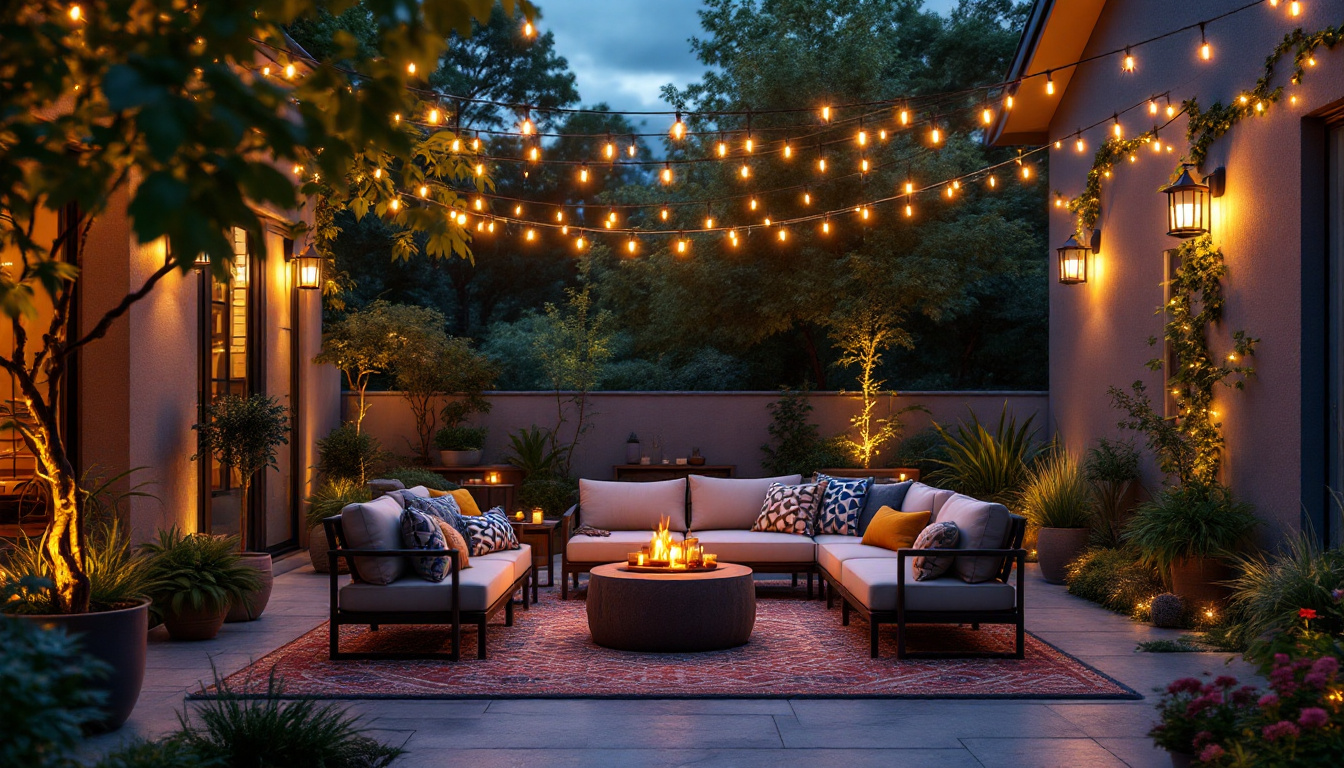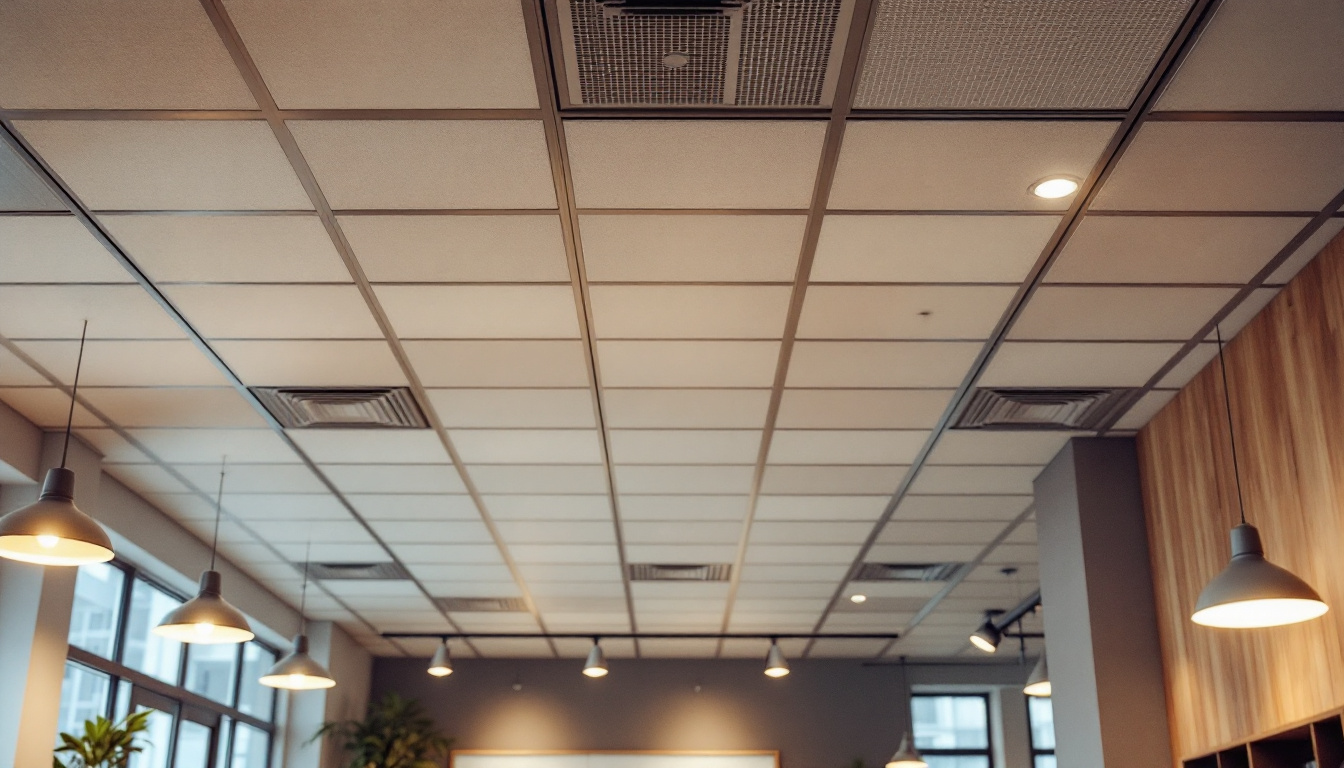
When it comes to illuminating outdoor spaces, particularly patios, lighting contractors face a myriad of choices. The right lighting not only enhances the aesthetic appeal of a patio but also ensures safety and functionality. With various options available, it becomes crucial to evaluate the pros and cons of different lighting types to make informed decisions. This article delves into the various lighting options for patios, comparing traditional fixtures with modern alternatives, and providing insights for lighting contractors.
Before diving into the specifics of lighting options, it is essential to understand the unique needs of patio lighting. Patios serve multiple purposes, from hosting gatherings to providing a serene space for relaxation. Therefore, the lighting must cater to these diverse functions.
Lighting can be broadly categorized into functional and aesthetic types. Functional lighting focuses on visibility and safety, ensuring that pathways and seating areas are well-lit. This type of lighting is crucial for preventing accidents and enhancing usability during nighttime.
Aesthetic lighting, on the other hand, aims to create ambiance and highlight the beauty of the outdoor space. This can include decorative fixtures, string lights, or even lanterns that add character to the patio. A successful lighting design often incorporates both functional and aesthetic elements, striking a balance that enhances the overall experience.
When selecting lighting for patios, several factors must be considered. These include the size of the space, the intended use, and the existing architectural elements. Additionally, the local climate can influence the choice of materials and fixtures, as outdoor lighting must withstand various weather conditions.
Energy efficiency is another consideration, as contractors should aim to provide sustainable solutions that minimize energy consumption while maximizing brightness. This is where modern alternatives, such as LED lighting, come into play.
Moreover, the placement of lighting fixtures plays a crucial role in achieving the desired effect. For instance, strategically positioned lights can create layers of illumination, enhancing the depth and texture of the patio. Consider using up-lighting to accentuate trees or architectural features, while down-lighting can provide a soft glow over dining areas, making them inviting for evening meals. Additionally, incorporating dimmers or smart lighting systems can offer flexibility, allowing you to adjust the brightness based on the occasion or mood.
Another vital aspect to consider is the color temperature of the lights. Warmer tones can create a cozy and welcoming atmosphere, ideal for social gatherings, while cooler tones may be more suitable for modern or minimalist designs. Mixing different color temperatures can also add visual interest and depth to the space, making it more dynamic and engaging. By thoughtfully considering these elements, you can create a patio lighting scheme that not only meets functional needs but also elevates the overall aesthetic appeal of your outdoor living area.
Traditional lighting options have long been the go-to for outdoor spaces. These fixtures are often reliable and familiar to both contractors and homeowners. However, they come with their own set of advantages and disadvantages.
Incandescent bulbs have been a staple in outdoor lighting for decades. They provide a warm, inviting glow that many homeowners find appealing. However, they are not the most energy-efficient option available. Incandescent lights consume more power and have a shorter lifespan compared to modern alternatives.
For contractors, using incandescent bulbs can be a double-edged sword. While they are easy to install and replace, the long-term costs associated with energy consumption and frequent replacements can deter clients looking for sustainable solutions. Additionally, the nostalgic charm of incandescent bulbs often leads to their use in decorative fixtures, where their warm light can create a cozy atmosphere for outdoor gatherings, such as evening barbecues or family celebrations.
Halogen lights are a more energy-efficient variant of incandescent bulbs, offering better brightness and a longer lifespan. They provide a crisp, white light that can enhance the details of outdoor spaces. However, halogen lights can become hot to the touch, raising safety concerns, especially in family-oriented environments.
Contractors may find halogen lights suitable for specific applications, such as accent lighting or task lighting. However, they should also inform clients about the heat generated by these fixtures and the potential risks involved. Moreover, halogen lights are often favored in settings that require focused illumination, such as pathways or driveways, where visibility is paramount. Their ability to highlight architectural features or landscaping elements can transform an ordinary outdoor area into a visually striking space, making them a popular choice among homeowners looking to enhance their property’s curb appeal.
As technology advances, so do the options available for outdoor lighting. Modern alternatives offer energy efficiency, longevity, and versatility that traditional lighting often lacks.
LED lighting has revolutionized the outdoor lighting market. Known for its energy efficiency, LED lights consume significantly less power than incandescent and halogen options while providing comparable brightness. Additionally, LEDs have a lifespan of up to 25,000 hours, making them a cost-effective choice for contractors and homeowners alike.
Another advantage of LED lighting is its versatility. Available in various colors and styles, LEDs can be used for everything from pathway lighting to decorative string lights. This adaptability allows contractors to create customized lighting solutions that meet the specific needs of their clients. Furthermore, many LED fixtures are now equipped with smart technology, enabling homeowners to control their lighting through mobile apps or voice commands, enhancing convenience and personalization.
Solar-powered lights have gained popularity as a sustainable lighting option for patios. These fixtures harness solar energy during the day and illuminate outdoor spaces at night without relying on electricity. This makes them an attractive choice for environmentally-conscious homeowners.
However, solar lights do have limitations. Their brightness can vary based on sunlight exposure, and they may not be suitable for all climates. Contractors should assess the location and sun exposure of the patio before recommending solar-powered options to clients. Additionally, advancements in solar technology have led to the development of more efficient solar panels and batteries, allowing for improved performance even in less-than-ideal conditions. Some modern solar lights now feature motion sensors, providing added security by illuminating areas only when movement is detected, further enhancing their functionality in outdoor settings.
When evaluating lighting options for patios, it is essential to compare traditional and modern alternatives based on several criteria, including energy efficiency, cost, lifespan, and aesthetic appeal.
Energy efficiency is a critical factor for many homeowners. Traditional incandescent and halogen lights consume more electricity than modern LEDs and solar-powered fixtures. For contractors, presenting energy-efficient solutions can enhance their value proposition and appeal to eco-conscious clients.
While the initial cost of LED and solar lights may be higher than traditional options, their longevity and reduced energy consumption often lead to lower overall costs in the long run. Contractors should educate clients on the long-term savings associated with investing in modern lighting solutions.
Aesthetic appeal is subjective and varies from one homeowner to another. Traditional lighting offers a classic charm, while modern options can provide a sleek, contemporary look. Contractors should consider the architectural style of the home and the preferences of the homeowner when recommending lighting solutions.
The installation process and maintenance requirements of lighting fixtures can significantly impact a contractor’s choice of products. Understanding the nuances of each option can lead to better recommendations for clients.
Traditional fixtures, such as incandescent and halogen lights, are often straightforward to install, making them a go-to choice for many contractors. However, modern options like LED lights may require more attention to detail, especially when integrating smart technology or solar components.
Contractors should weigh the ease of installation against the benefits of modern alternatives. While traditional fixtures may be simpler to install, the long-term advantages of modern lighting solutions can outweigh initial challenges.
Maintenance is another critical consideration. Traditional lighting may require frequent bulb replacements, leading to ongoing costs for homeowners. In contrast, LED and solar lights typically require less maintenance, making them an attractive option for clients seeking low-maintenance solutions.
As lighting contractors, educating clients about the various lighting options available is essential. Providing clear and concise information can help homeowners make informed decisions that best suit their needs.
Every client is unique, and understanding their specific needs and preferences is crucial. Contractors should engage in open discussions with clients about their vision for the patio, including how they plan to use the space. This dialogue can help identify the most suitable lighting options.
Once the client’s needs are understood, contractors can present a range of options that align with their vision. This could include a mix of traditional and modern lighting solutions, showcasing the benefits and drawbacks of each. Visual aids, such as samples or design mock-ups, can enhance the presentation and help clients visualize the final outcome.
Choosing the right lighting for patios is a critical decision for lighting contractors. With a wide array of options available, from traditional incandescent bulbs to modern LED and solar-powered fixtures, it is essential to evaluate each choice based on energy efficiency, cost, installation, and maintenance.
By understanding the unique needs of clients and providing tailored recommendations, contractors can create beautiful and functional outdoor spaces that enhance the overall experience. As technology continues to evolve, staying informed about the latest lighting trends will empower contractors to make the best choices for their clients, ensuring satisfaction and long-term success.
Ready to elevate your patio lighting projects with the best in spec-grade lighting? Look no further than LumenWholesale. Our commitment to quality, affordability, and convenience ensures that you have access to an extensive selection of top-quality lighting products at unbeatable wholesale prices. Say goodbye to inflated markups and hello to hassle-free bulk buying with free shipping. Don’t compromise on performance or price. Choose LumenWholesale for your lighting needs and experience the difference. Wholesale Lighting at the Best Value is just a click away.

Explore the essential considerations for lighting contractors when installing drop ceiling lights.

Discover why the 8ft LED light fixture is becoming an essential component in modern lighting projects.

Explore the diverse world of American light bulb types with insights from top lighting contractors.

Discover the latest trends in light dimming switches that every lighting contractor needs to know.